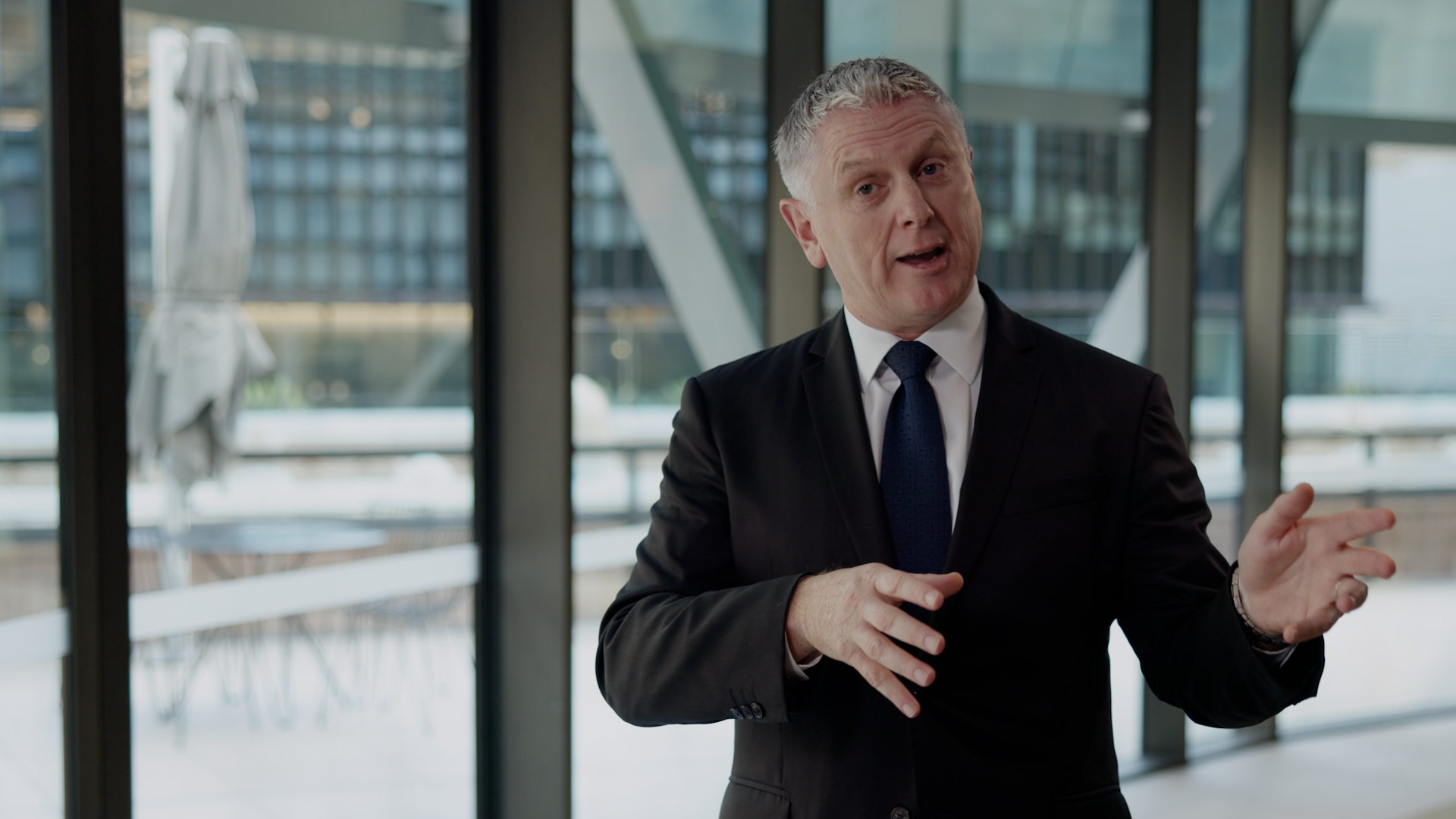In the year to date, Australia has faced a challenging set of economic conditions. At the moment, the economy is relatively soft, as the Reserve Bank of Australia (RBA) remains focused on reducing inflation and wage growth.
“That process does look like it’s working – inflation has come down,” says Macquarie Group’s Chief Economist, Ric Deverell.
“My guess is that the worst is probably happening about now. I think that as the tax cuts roll in in the second half of the year, growth will start picking up again and 2025 will feel much better than this year.”
For the Australian economy, there are two important variables for the months ahead: inflation and the labour market.
1. Taming inflation
The RBA will need inflation to move closer to its target range of 2-3% before it can comfortably start cutting the cash rate. As it stands, the cash rate is at its highest since November 2011.
It’s important to know that in the months ahead, with inflation being a key driver of the RBA’s decision making, further cash rate rises can’t be entirely ruled out.
Overseas, central banks have begun easing. The European Central Bank (ECB) began lowering its cash rate in June with a 25 basis point cut. On the other side of the Atlantic, the Bank of Canada also announced a 25 basis point cut.
The action taken by these two banks suggests that globally, the worst of the recent economic slowdown has passed, Deverell says.
“That will mean that a headwind that we’re facing at the moment, by 2025 will turn into a tailwind,” he says.
